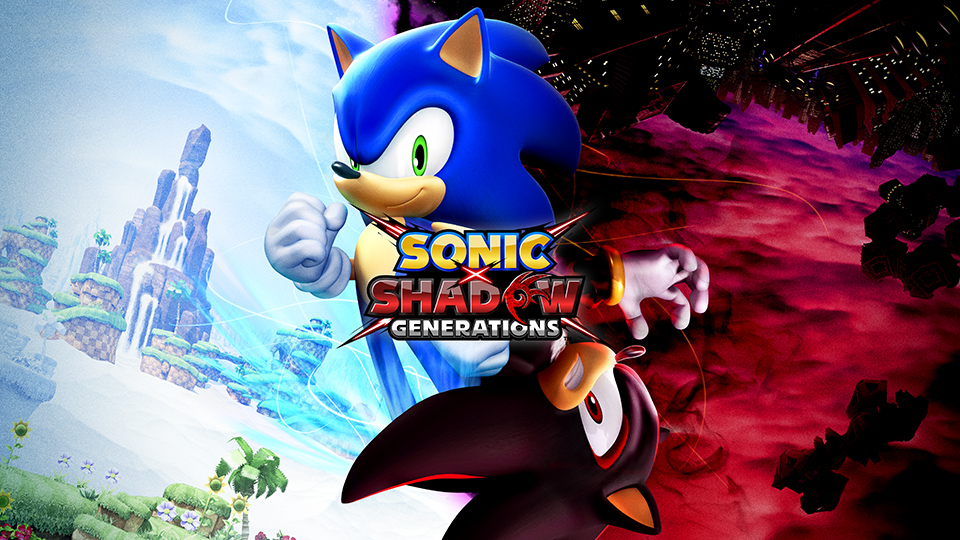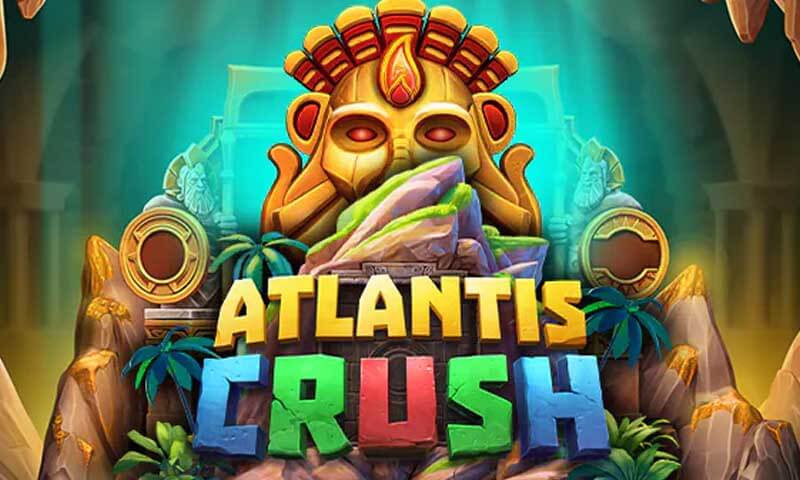The crossover of characters in video games and animated series often brings fans together in ways that are unexpected and thrilling. One such intersection is the bond between two iconic figures, Sonic the Hedgehog and Shadow the Hedgehog, known collectively in fan circles as SONIC X SHADOW GENERATIONS. This fusion of universes has sparked countless discussions, artistic creations, and debates among aficionados. In this article, we will delve deeply into the dynamics between Sonic and Shadow, exploring their respective origins, character development, narrative arcs, and the impact they have on each other and their shared universe RR88
The Origins of SONIC X SHADOW GENERATIONS and Shadow: A Study in Contrasts
Before diving into the intricate relationship between Sonic and Shadow, it’s essential to understand where these two characters originated from and how their backstories shaped them into who they are today.
The Birth of Sonic the Hedgehog
Sonic’s inception came in 1991 when Sega introduced him as a response to Nintendo’s Mario. With his blue hue and never-ending need for speed, Sonic quickly became a symbol of the Sega brand.
Sonic’s character is designed around the concept of freedom and rebellion against oppression. He is portrayed as confident, brash, and carefree, often showcasing an adventurous spirit that embodies the fun-loving attitude of youth. His primary goal is to protect the world from Dr. Robotnik (or Eggman), fighting not just physical battles but also standing up for ideals of individualism and liberty.
Sonic’s design was intentional; the spiky blue figure with red shoes is iconic and represents a punk rock attitude. Over time, Sonic evolved through various storylines and game mechanics, adapting and maturing as the gaming landscape changed while still retaining his core values of loyalty and friendship.
The Creation of Shadow the Hedgehog
Contrasting sharply with Sonic’s upbeat nature is Shadow the Hedgehog, introduced in 2001 in “Sonic Adventure 2”. Shadow was created by Professor Gerald Robotnik, the grandfather of Dr. Eggman, as part of an experiment to create the ultimate life form.
Shadow’s character is steeped in tragedy and darkness. He embodies complex themes such as loss, revenge, and redemption. His journey is often marked by internal conflict, stemming from his past experiences and significant losses. Unlike Sonic, whose motivations are clear and straightforward, Shadow’s are murky due to the duality of his existence—he is both hero and anti-hero, often caught between doing what he believes is right and becoming the very thing he opposes.
This complexity adds depth to Shadow’s character. While he initially appears cold and aloof, as players progress through his storyline, layers of vulnerability and emotional turmoil emerge, making him one of the most compelling characters in the Sonic universe.
Sonic and Shadow: Opposites Attract SONIC X SHADOW GENERATIONS
While Sonic and Shadow share some superficial similarities—such as their species and speed abilities—at their core, they represent opposing ideologies. Sonic thrives in joy and freedom, whereas Shadow grapples with his identity and the weight of his past.
Their dynamic can be likened to the classic trope of light versus dark. On the surface, Sonic embodies hope and positivity, while Shadow represents despair and conflict. However, it is their interactions that bring forth a complex tapestry of friendship, rivalry, and mutual respect, making their story arcs intertwined and captivating.
The juxtaposition of their backgrounds and personalities paves the way for an interesting exploration of themes like redemption, trust, and the shades of morality throughout the SONIC X SHADOW GENERATIONS saga.




